Medieval History
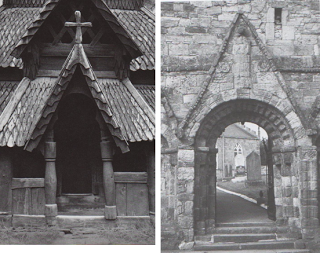

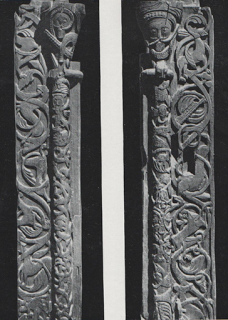
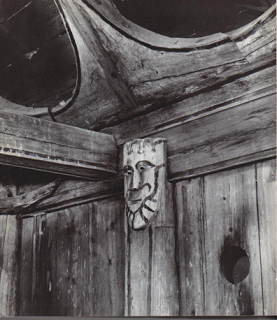
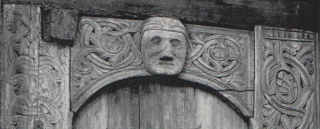
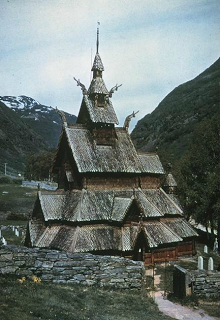
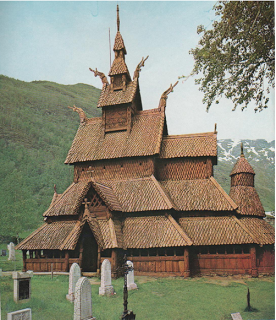
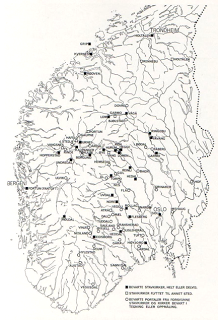
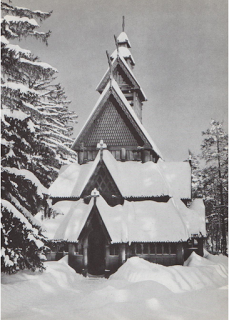
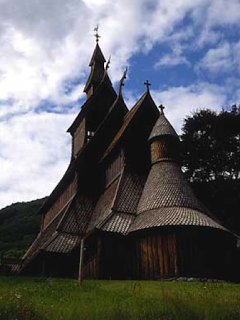
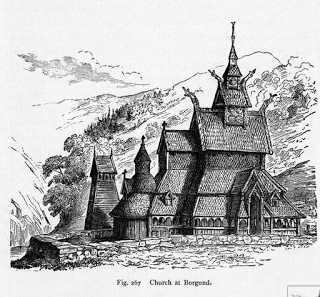
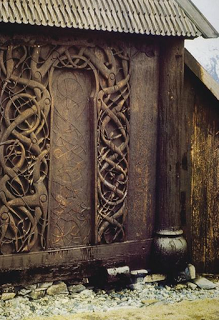
- Community Project Shows Possibilities For Medieval Norwich Church
A prototype project at St Laurence?s Church, in St Benedict?s Street, was launched on Saturday in an effort to explore new ways to use the 15th-century church. The Common Room project temporarily transformed the church into a type of community space in...
- 'mummified' Trees Found In Norway Date Back To The 13th Century
Norwegian scientists have found ?mummified? pine trees, dead for nearly 500 years yet without decomposition. The discovery could lead to a wealth of information for scholars examining the medieval environment. Dated to the early 1200s, the 40 dead Scotch...
- Norske Stavkirker, The Interiors
Norway's stave churches are endlessly fascinating to me. My most recent inquest has been the interior decoration. What kind of art was displayed inside - and how did it relate to the viewer? I picked up some gems from two books: Norske Stavkirker,...
- The Stave Church Paintings, Medieval Art From Norway
I finally found some images of interior paintings in a few stave churches in Norway. They are primarily paintings from altars, painted in the thirteenth and fourteenth centuries, and most no longer in situ. These images come from The Stave Church...
- Viking Art
Religious ArtRunic Stones of kings Gorm (right) and Harald (left), 10th C, Denmark, East Jutland, Jelling.Viking crucifixion scenes are unique in the pervasive realm of Christian art, where so much is ruled by convention and tradition. Runes! Interlace!...
Medieval History
Norway's Stave Churches
In graduate school I wrote a paper arguing that Irish Romanesque churches were architectural descendants of earlier wooden churches, and that these wooden churches were similar to Norwegian stave churches built in the 12th century. The style was fluent in both countries because of the anthropological idea of the Atlantic Fringe. These are some images from my paper, but I reserve the right to this idea, because I may pursue it. So I left out some key images and sources :). But the stave churches are unbelievably cool, and deserve more attention. Someday I want to take a tour of Norway, visit some Viking museums in Oslo, take a cruise around the fjords, and of course, spend oodles of time visiting these stave churches.

Left: Stave Church at Borgund, Norway, circa 1150, west entry 18
Right: Roscrea church portal, Ireland. See similarities?

Stave church at Hurum in Valdres, capital with carved head. Despite being a Christian church, leftover Viking gods appear in the capital sculpture. Paganism held out in Viking culture centuries longer than anywhere else in Europe; Odin died hard.

Jamb decoration at the entrance of the Rennebu church in Trøndelag.

Stave church of Hegge in Valdres, circa 1200. Masks are a common motif in Irish Romanesque and Viking art.

Stave church carving styles were not used wholly for religious building, but became a part of secular life. This is a doorway of a medieval farm building in Numedal, after 1300. An apotropaic mask to ward off evil spirits. It reminds one of another apotropaic carving above an entryway, centuries earlier:
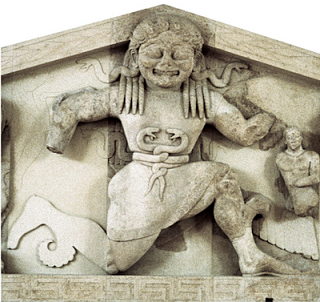 Gorgon, Temple of Artemis, Corfu, c. 580 B.C.
Gorgon, Temple of Artemis, Corfu, c. 580 B.C.


Borgund: Stave Church general view. Borgund (Møre og Romsdal fylke, Norway).

Borgund Stave Church, another view

Map of Norway with stave church locations. The dark squares represent where a church currently stands, and an empty circle or square where there was a church, but is now destroyed or partly ruined.

Stave Church from Gol in Hallingdal, twelfth century. You can see the wisdom in the steep roofs...

Hopperstad church, Sogn

Historic Illustrations of Art and Architecture (Minneapolis College of Art and Design). Borgund stave church exterior view, ca. 1150-1180.

Interlace doorway panels from the stave church at Urnes, Norway. ca. 1050-1070 (church rebuilt in 12th century). Urnes, Norway. Carved wood. Identical to some illuminations from the era, right?
For further reading, and also the copyrights to some of these pictures (I claim no copyright to any of them):
Hauglid, Roar. Norwegian Stave Churches. Oslo: Dreyers Forlag, 1970.
Can I please name a child Roar?!
Lindholm, Dan. Stave Churches in Norway. London: Rudolf Steiner Press, 1969.
Paulsson, Thomas. Scandinavian Architecture. Newton: Charles T. Branford Company, 1959.
- Community Project Shows Possibilities For Medieval Norwich Church
A prototype project at St Laurence?s Church, in St Benedict?s Street, was launched on Saturday in an effort to explore new ways to use the 15th-century church. The Common Room project temporarily transformed the church into a type of community space in...
- 'mummified' Trees Found In Norway Date Back To The 13th Century
Norwegian scientists have found ?mummified? pine trees, dead for nearly 500 years yet without decomposition. The discovery could lead to a wealth of information for scholars examining the medieval environment. Dated to the early 1200s, the 40 dead Scotch...
- Norske Stavkirker, The Interiors
Norway's stave churches are endlessly fascinating to me. My most recent inquest has been the interior decoration. What kind of art was displayed inside - and how did it relate to the viewer? I picked up some gems from two books: Norske Stavkirker,...
- The Stave Church Paintings, Medieval Art From Norway
I finally found some images of interior paintings in a few stave churches in Norway. They are primarily paintings from altars, painted in the thirteenth and fourteenth centuries, and most no longer in situ. These images come from The Stave Church...
- Viking Art
Religious ArtRunic Stones of kings Gorm (right) and Harald (left), 10th C, Denmark, East Jutland, Jelling.Viking crucifixion scenes are unique in the pervasive realm of Christian art, where so much is ruled by convention and tradition. Runes! Interlace!...
